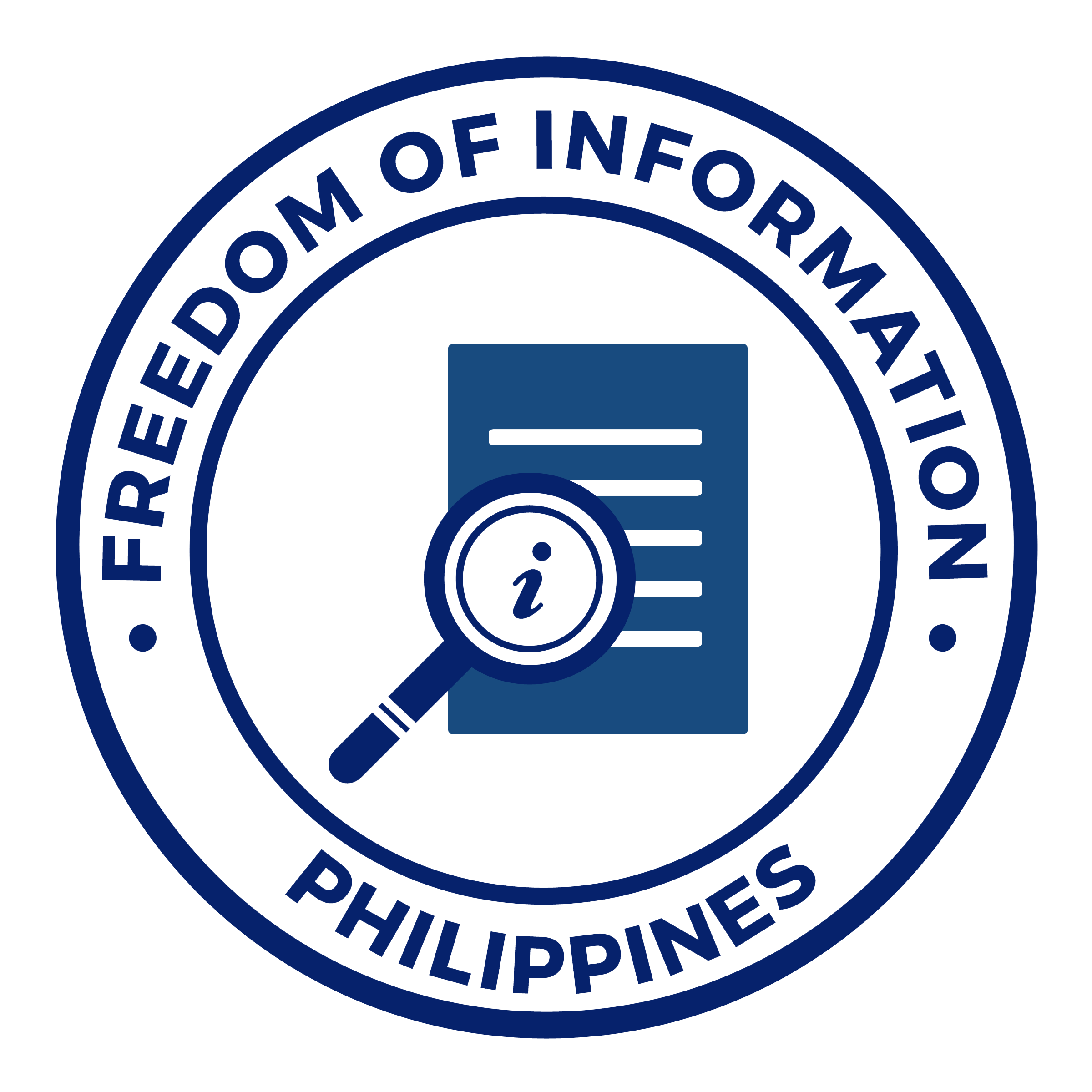NEWS AND UPDATES
Research Integrity During the Pandemic Discussed at an Annual Convention
The Department of Science and Technology-Philippine Council for Health Research and Development (DOST-PCHRD) in partnership with the Philippine Association of Medical Journal Editors (PAMJE) held a virtual convention on 20-23 September 2021 with the theme, “Research Integrity in the Time of the Pandemic.” More than 300 medical journal editors, librarians, and researchers attended the event each day to learn about trends and challenges faced in research during the pandemic, especially the proliferation of incorrect information.
The “infodemic” is a problem that “persists and worsens as floodgates to information continue to expand, especially now that the COVID-19 pandemic has made everyone completely reliant on the internet,” said PCHRD Executive Director Dr. Jaime Montoya in his message during the Convention’s opening ceremonies, and many of the speakers during the four days echo this sentiment.
The Infodemic
According to the World Health Organization, “infodemic” is “an overabundance of information—some accurate and some not—that makes it hard for people to find trustworthy sources and reliable guides when they need it.”
Prof. Dr. Iris Thiele Isip-Tan of the Medical Informatics Unit of the University of the Philippines Manila College of Medicine added that “fake news” is a simple term to define the problem we are facing when it comes to information. “Sharing is caring” is not so true when the wrong information is shared without intent of harm. This is called misinformation. Disinformation, on the other hand, is when the wrong information—whether real or fabricated—is shared with the intention to manipulate or deceive.
Unfortunately, many medical researches readily available to the general public are unverified information, which may cause potential harm.
Dr. Elisabeth Bik of Harbers Bik, LLC and Dr. Wilfred Peh, former President of the Asia Pacific Association for Medical Editors (APAME) shared how images in research, such as X-rays and specimen samples, could be manipulated through simple techniques like duplication and zooming, and how some of these manipulated images may be used to fabricate court evidence or simply to get more positive results.
Eroding Trust
Dr. Art Gertel of MedSciCom talked about the public’s eroding trust in the scientific community because of the infodemic and what it has done to journal publishing of late. Recently, because of the demand for information during the pandemic, medical research articles scramble to get articles on COVID-19 published, which eventually caused retractions even from major medical journals. What Dr. Bik and Dr. Wilfred Peh shared about image manipulation simply adds to the reasons why the general public learned to mistrust the scientific community.
Dr. Bik stresses, however, that most scientists do honest work and that some instances of image duplications may simply be a case of innocent human error. She does state that most stories behind intentional medical research misconduct are rather sad, though.
Academic and professional pressures as well as conflicts of interest are some of the reasons she cited for research misconduct. Some students and scientists are pressured to produce desired results because of threats thrown at them by professors and supervisors.
Dr. Bik also cites these pressures as a reason for the existence of paper mills, or underground businesses that produce research papers for a price.
Somewhat related to these pressures is the premium set by the current publication system in the Philippines on high-impact journals. This concern was raised during the fourth day of the convention as even though there are reliable local peer-reviewed publications by medical associations, they rarely qualify for points for professional advancement even in Philippine universities.
Pre-prints and Open Access: The Future of Publishing
Peer-review, at the moment, is the gold standard for research integrity. One of the many pitfalls of peer-reviewed articles, however, is the time it takes to get timely information out for consumption. This is why so many researchers look towards making their articles available through preprint servers to get their studies out.
The American Medical Writing Association (AMWA), European Medical Writers Association (EMWA), and the International Society for Medical Publication Professionals (ISMPP) released a joint statement on medical publication, pre-prints, and peer review, which Dr. Dikran Toroser of AMWA presented on the first day of the convention. The AMWA-EMWA-ISMPP Joint Statement acknowledges that there is a need to balance speed, which pre-prints provide, and quality, which peer reviews provide.
As a reaction to the joint statement, Prof. Dr. Nicholas Talley of the Medical Journal of Australia (MJA) boldly proclaimed that pre-prints are the future of publications. Albeit at the expense of medical journal editors’ own time and probably health, Prof. Dr. Talley said that it is possible to peer review pre-prints by pooling medical journal editors to review and edit articles within a set amount of time before feeding them into preprint servers, as MJA has been doing since the pandemic hit Australia.
Many of the speakers throughout the four-day convention agree that most articles released through pre-prints at the moment are junk, but Dr. Toroser concedes that there are some out there that could be cornerstones of pivotal discoveries.
All four panelists during the first day of the convention believe that though pre-prints could be the future of publication, there is a need to look into newer models that would allow pre-prints to be peer reviewed before being released.
On the other hand, Dr. Michael Diño, the Director of the Research Development and Innovation Center of the Our Lady of Fatima University, proposed open access publication as an alternative to traditional journal publishing. Open access publication provides scientists many avenues to get the results of their studies to the wider public, such as self-licensing or paying processing fees to open access journals. Dr. Diño shared that though there are many doubts about open access models, such as visibility, making peer reviewed research articles free for public consumption actually allows more people to view an article, open up conversations, and eventually contribute to the world’s pool of knowledge.
“Garbage In; Garbage Out”
This is one of the most important takeaways during Dr. Leonila “Inday” Dans’s 101 lecture on systematic reviews. “Garbage In; Garbage Out” means that a systematic literature review or meta-analysis will only be as good as the research used for them.
Dr. Dans also states that systematic reviews may serve as a compass for researchers to either give recommendations for policymaking or the direction they will take for their next research.
Dr. Jacinto Blas Mantaring III also mentioned pressure when he presented his reaction to Dr. Dans’s lecture. One of the pitfalls of systematic research is publication bias due to the prevalence of studies with positive results and the pressure to produce them. Dr. Mantaring stresses that though undesirable, negative results are still reliable and acceptable.
To ensure the quality of systematic reviews, Dr. Venus Cloma-Rosales, Managing Director of 101 Health Research, shared the updated Preferred Reporting Items for Systematic Reviews and Meta-Analyses or PRISMA.
Trust, Speed, and Veracity
Most of the panelists agree that in order for the scientific community to regain the trust of the public, the right information should be made available at the soonest possible time. However, as there are many avenues available to the public nowadays, especially unregulated social media, it is harder to manage the information that they get their hands on and how they interpret it.
The WHO Epidemic Information Network came up with a framework for epidemic response. The framework proposes that interventions and messages must be based on science and much be accessible to citizens; knowledge should be translated and presented into actionable behaviour-change messages that are understood by everyone; governments should tailor messages and advice to the audience they want to reach; all sectors of society should strengthen information analysis and amplification through partnerships; health authorities should be aware of circulating narratives and changes in the flow of information, question, and misinformation in the communities; and infodemic management approaches should be developed accordingly.




